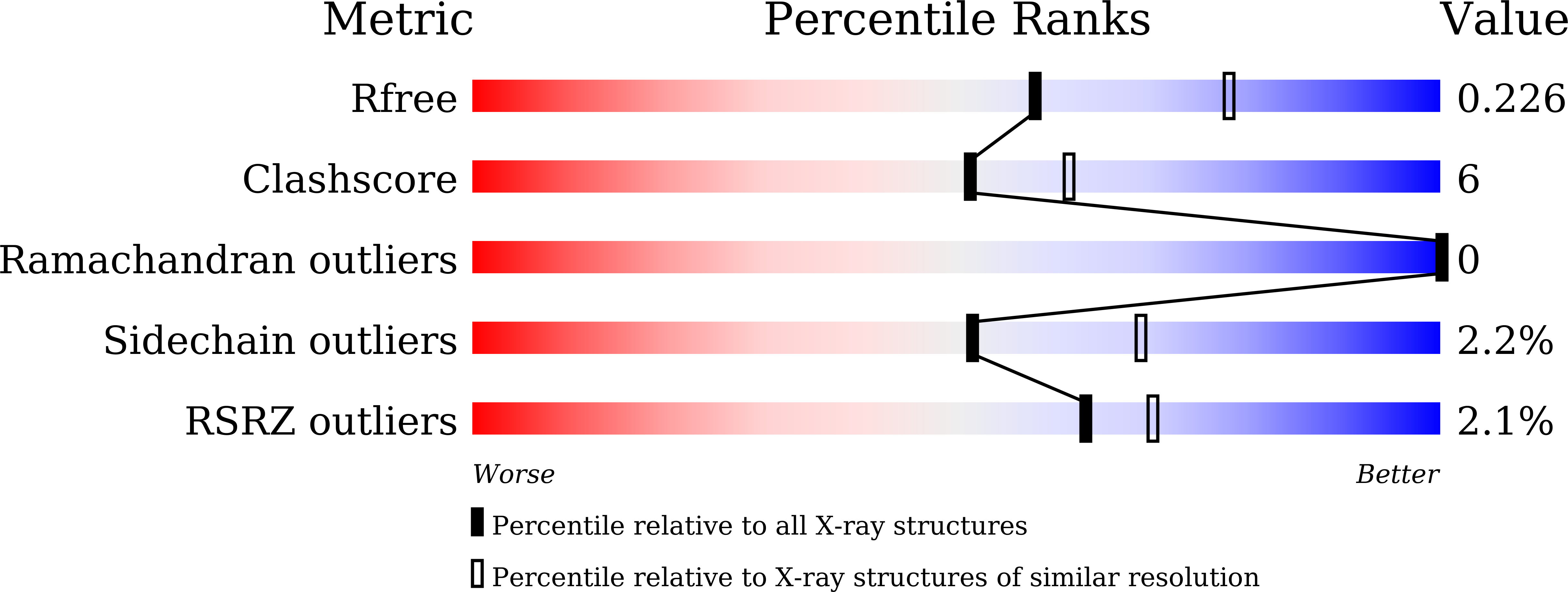
Deposition Date
2017-11-02
Release Date
2018-03-14
Last Version Date
2024-11-20
Entry Detail
PDB ID:
5YPO
Keywords:
Title:
Crystal structure of PSD-95 GK domain in complex with phospho-SAPAP peptide
Biological Source:
Source Organism:
Rattus norvegicus (Taxon ID: 10116)
Homo sapiens (Taxon ID: 9606)
Homo sapiens (Taxon ID: 9606)
Host Organism:
Method Details:
Experimental Method:
Resolution:
2.29 Å
R-Value Free:
0.22
R-Value Work:
0.17
R-Value Observed:
0.18
Space Group:
P 21 21 21


